While plotting a learning curve to see how well the model building was going, I realized that the validation accuracy curve was a straight line from the get-go. I thought maybe it was just due to some error in splitting the data into training and validation sets, but when I iterate it 100 times, I still get more or less the same graph.
How do I interpret this? What's going on? Is there an error in how I'm computing the accuracy scores?
Also, the accuracy is not high to begin with and I suspect my model is underfitting, is there any obvious way in which I can improve it? (There is no way for me to get more data, so is feature engineering the way?)
I used the below code to compute the accuracies.
def learning_curve():
X_train, X_valid, y_train, y_valid = train_test_split(X, y, test_size=0.33)
training_sizes = (np.linspace(0.1, 1.0, 100) * len(X_train)).astype(int)
train_accuracy = []
valid_accuracy = []
clf = LogisticRegression(solver='liblinear')
for size in training_sizes:
clf.fit(X_train.iloc[:size], y_train.iloc[:size])
train_accuracy.append(clf.score(X_train.iloc[:size], y_train.iloc[:size]))
valid_accuracy.append(clf.score(X_valid, y_valid))
return training_sizes, train_accuracy, valid_accuracy
training_scores = []
cross_val_scores = []
for i in range(num_iter):
sizes, train_score, cross_valid_score = learning_curve()
training_scores.append(train_score)
cross_val_scores.append(cross_valid_score)
train_std = np.std(training_scores, axis=0)
train_mean = np.mean(training_scores, axis=0)
cv_std = np.std(cross_val_scores, axis=0)
cv_mean = np.mean(cross_val_scores, axis=0)
plt.plot(sizes, train_mean, '--', color="b", label="Training score")
plt.plot(sizes, cv_mean, color="g", label="Cross validation score")
plt.fill_between(sizes, train_mean - train_std, train_mean + train_std, color='gray')
plt.fill_between(sizes, cv_mean - cv_std, cv_mean + cv_std, color='gray')
This code produces the following graph:
Any help is greatly appreciated. Thank you.



